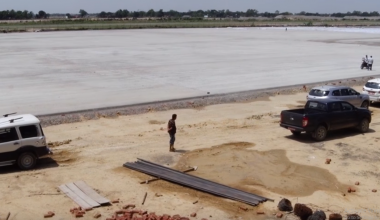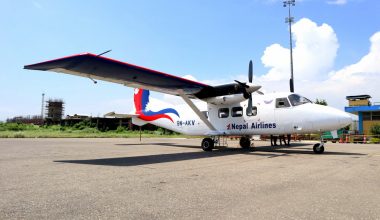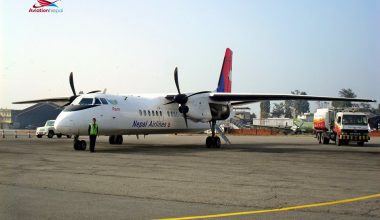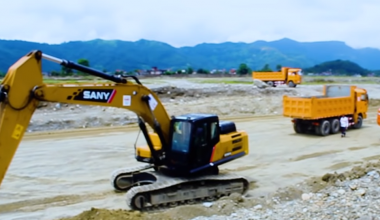The Vertical, one of the leading international magazines had recently visited Nepal to report on the civil helicopters movement in the country. The team from Vertical Magazine collaborated with Airbus helicopters to produce an emphatic report that specially focused on the Nepal’s civil helicopter industry.
The report concludes that helicopter is the most efficient aircraft for country like Nepal. Nepal is geographically complex which features rugged mountains, vibrant terrains and unpredictable weather phenomena.a
Lukla, the gateway to Everest is one of the extreme geographical locations of the country. Though it features Lukla Airport but the short runway, constantly changing weather, erratic and vigorous terrains always create a challenge for flight operations. When clouds prevent the STOL planes from landing, helicopters can sometimes make it into Lukla by approaching the mountain airport through a series of narrow valleys below. For trekkers who are pressed for time, a helicopter charter can mean the difference between the experience of a lifetime and lifelong disappointment.

Airbus Helicopter says that they have delivered 20 H125 choppers to Nepalese helicopter operators over the past five or six years. Although AS350 series helicopters have been flying in Nepal for a number of years, the first H125 was delivered here in 2012.
Airbus received milestone from Nepal as the customers form the country including Nepalese Army, Shree Airlines, Simrik Air, Fishtail Air, Air Dynasty, Heli Everest, Mountain Helicopters, Altitude Air and Manang Air collectively logged more than 50,000 flying hours with their combine H125 choppers.
These airbus helicopters are capable of flying in high altitudes which is suitable for Nepal as the country is full of mountains and hills.
When the unfavorable weather conditions cancel the majority of STOL flights, the helicopter ramp at Tribhuvan International Airport seems buzzing proving that the Nepal’s helicopter are some of the busiest in the world.
Helicopter Operators of Nepal are busy these days carrying lots of tourists to their trekking destinations. Besides, rescue and cargo operation is where the helicopters are always busy on.
Francois Bazin, head of Sales, Support and Marketing for Airbus Helicopters India said, “In Nepal, the number of hours per helicopter [per year] is close to what we see in oil-and-gas. They’re flying sometimes up to 1,000 hours per machine . . . Considering that they are not flying all year long, but maybe six to eight months [out of the year], this is a stunning number which requires stunning people; stunning pilots and stunning engineers.”
Among original equipment manufacturers, Airbus Helicopters has unique insight into Nepal’s civil helicopter market because it dominates that market so completely. According to the report, close to 85 percent of the light single-engine helicopters in Nepal are Airbus products. Most of those aircraft are the latest evolution of the AS350 series: the AS350 B3e, now known as the H125 which is capable of reaching much higher than the base camp of The Everest.





